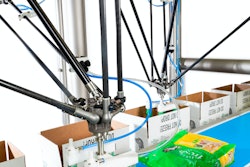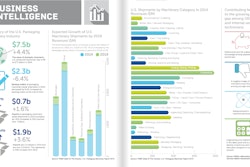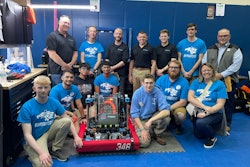
Manufacturers are increasingly feeling the pinch from the workforce skills gap, and it’s only going to get worse before it gets better. During a three-day PMMI mechatronics workshop I recently attended, machine builders, packagers, and educators reported seeing increasing demand for skilled workers. A Feb. 26 Wall St. Journal article also reported on the early rise in durable goods orders, industrial production, and capital investment. Many factors remain barriers to attracting, training, and retaining capable people for these high paying manufacturing jobs. Among those that appear to have the greatest impact:
1) Middle and high school students and their parents have little, if any, exposure to today’s high technology manufacturing because manufacturers no longer offer plant tours, trade shows are off-limits, and career educators have no exposure from which they can offer credible counseling.
2) Skilled veterans do not have access to counseling to help them translate between the vocabularies and standards of manufacturing and the military. While underlying technologies are not that different, what looks like a capacitor on a drawing to a military technician looks like a relay to industrial technician; and components and processes are called by different names.
3) Corporate and middle managers do not understand the value and importance of experience for manufacturing technology. After four years of college, It takes 10 years for a creative engineer to become a truly skilled machine designer. After two years of college, it takes five to 10 years for a maintenance technician to hit his or her stride.
4) Manufacturers have not come to understand the need for constant training to keep up with underlying technology changes. Today’s industrial components bear little resemblance to those of five years ago. This is an especially critical area for maintenance technicians who may be working across half a dozen generations of equipment from one day to the next.
5) Educators are not inclined to establish programs to teach the skills needed for manufacturing because the costs and complexity of doing so are quite high relative to other programs of study.
6) Manufacturers and educators have not been able to reach an appropriate balance between one-size-fits-all and totally customized solutions. These do not seem like huge issues to solve, especially given the importance of solving the manufacturing skills shortfall that is now estimated to be 2 million people over 10 years.
So what are we waiting for?
Read more from Keith Campbell at www.ontheedgeblog.com



















